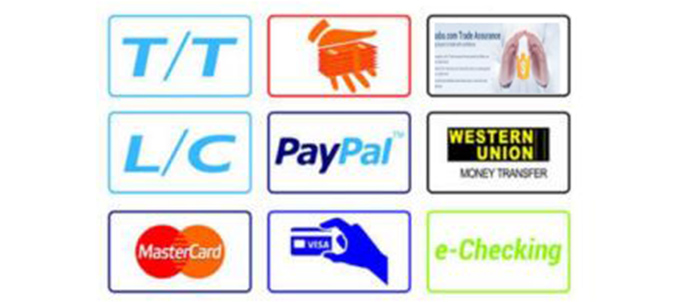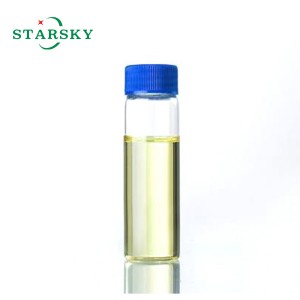Ethyl oleate CAS 111-62-6
25 kg/drum or 200 kg /drum or based on customer's requirements.
Ethyl oleate has a variety of uses, including:
1. Pharmaceuticals: It is used as a solvent and carrier for drug preparations, especially injectable drugs.
2. Cosmetics and Personal Care Products: Ethyl oleate is used as an emollient and skin conditioning agent in creams, lotions, and other cosmetics.
3. Food Industry: It can be used as a flavoring agent or food additive, although its use in food is less common compared to other applications.
4. Industrial Application: Ethyl oleate is used in the production of surfactants and as a lubricant in various industrial processes.
5. Research: It is sometimes used in the laboratory for studies involving lipid metabolism and as a model compound for various chemical reactions.
* We can offer a range of payment options to our clients.
* When the sum is modest, clients typically pay with PayPal, Western Union, Alibaba, and other similar services.
* When the sum is significant, clients typically pay with T/T, L/C at sight, Alibaba, and so on.
* Furthermore, an increasing number of consumers will use Alipay or WeChat Pay to make payments.


Ethyl oleate is generally considered safe for use in a variety of applications, including pharmaceuticals and cosmetics, as long as it is used as intended. It is considered a low toxicity substance and is not classified as a hazardous chemical. However, like any chemical, it can cause irritation if it comes into contact with the skin or eyes, and ingestion of large amounts may cause adverse effects.
To properly store ethyl oleate, follow these guidelines:
1. Container: Use airtight containers made of appropriate materials, such as glass or high-density polyethylene (HDPE), to prevent contamination and evaporation.
2. Temperature: Store ethyl oleate in a cool, dry place away from direct sunlight and heat sources. Ideally, it should be kept at room temperature or in the refrigerator if long-term storage is required.
3. Avoid moisture: Keep the container dry and avoid exposure to moisture as this will affect the quality of the product.
4. Label: Clearly label containers with contents and storage dates to ensure proper tracking.
5. SAFETY PRECAUTIONS: Follow any specific safety guidelines provided by the manufacturer or supplier, including any handling and storage recommendations.


When transporting ethyl oleate, certain precautions must be taken to ensure safety and compliance with regulations. Here are some key considerations to take into account:
1. Regulatory Compliance: Check and follow local, national, and international regulations regarding the transportation of chemicals. Ethyl Oleate is not generally classified as a hazardous material, but it is important to verify specific shipping requirements.
2. Packaging: Use appropriate packaging materials that are compatible with ethyl oleate. Ensure containers are tightly sealed to prevent leakage or spillage during transportation. If necessary, use secondary containment devices (such as spill trays).
3. Label: Clearly label the contents on the packaging, including the chemical name, relevant hazard symbols (if applicable), and handling instructions. Include a Safety Data Sheet (SDS) when shipping.
4. Temperature Control: If ethyl oleate is sensitive to temperature changes, please consider using temperature-controlled shipping methods to maintain stability.
5. Avoid exposure to heat and sunlight: Ensure that the goods are protected from direct sunlight and extreme temperatures during transportation.
6. Training: Ensure that personnel involved in the transportation process are trained to handle chemicals and understand the necessary safety precautions.
7. Emergency Procedures: Develop emergency procedures in case of a spill or accident during transport. This includes preparing an appropriate spill kit and emergency response contact information.









